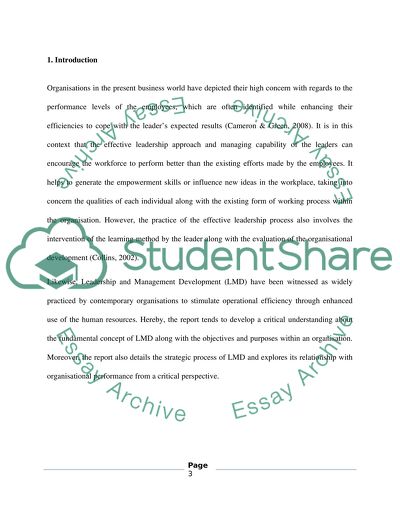Cite this document
(“HRM- Individual Report 1 Essay Example | Topics and Well Written Essays - 3000 words”, n.d.)
HRM- Individual Report 1 Essay Example | Topics and Well Written Essays - 3000 words. Retrieved from https://studentshare.org/human-resources/1639824-hrm-individual-report-1
HRM- Individual Report 1 Essay Example | Topics and Well Written Essays - 3000 words. Retrieved from https://studentshare.org/human-resources/1639824-hrm-individual-report-1
(HRM- Individual Report 1 Essay Example | Topics and Well Written Essays - 3000 Words)
HRM- Individual Report 1 Essay Example | Topics and Well Written Essays - 3000 Words. https://studentshare.org/human-resources/1639824-hrm-individual-report-1.
HRM- Individual Report 1 Essay Example | Topics and Well Written Essays - 3000 Words. https://studentshare.org/human-resources/1639824-hrm-individual-report-1.
“HRM- Individual Report 1 Essay Example | Topics and Well Written Essays - 3000 Words”, n.d. https://studentshare.org/human-resources/1639824-hrm-individual-report-1.


